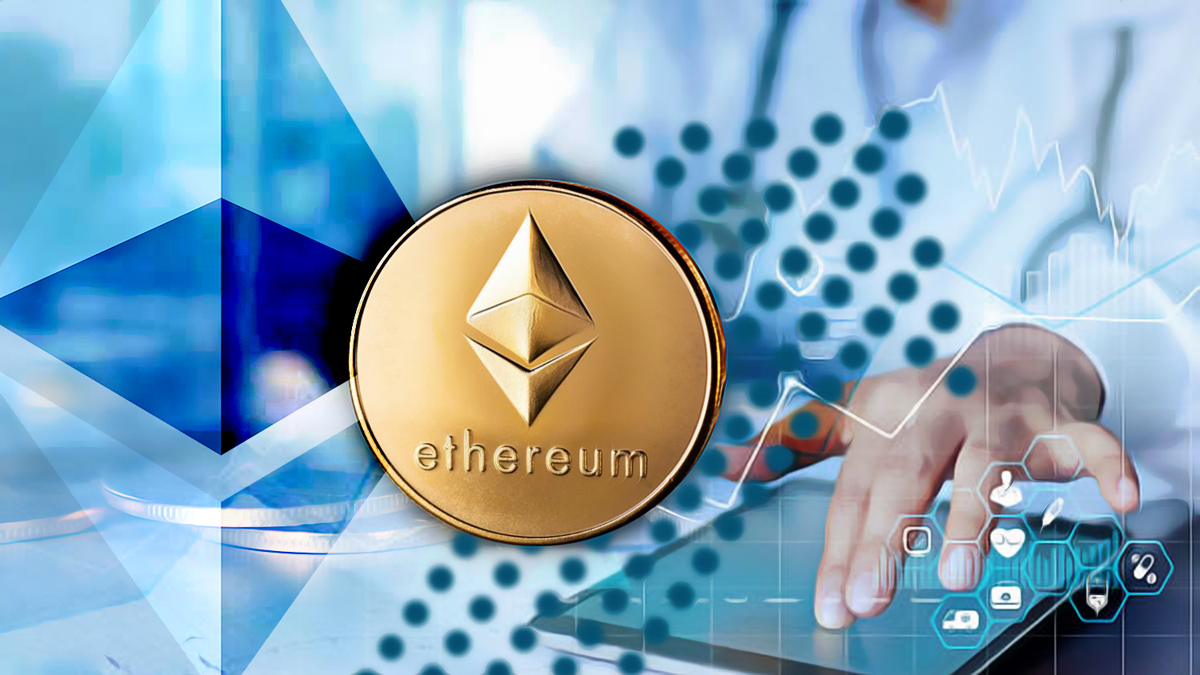PIMCO, a leading asset manager based in the U.S., has raised concerns that tariffs implemented by the Trump administration to revitalize domestic industry could adversely affect the dollar’s status as the global reserve currency. The investment note highlights that these developments may put previously considered safe-haven assets, such as U.S. Treasury bonds, at risk.
The Dollar’s Role as a Global Reserve Currency
According to PIMCO’s assessments, the abrupt policy shifts by the Trump administration have begun to call into question the position of U.S. assets in global markets. Investors are currently grappling with doubts surrounding the future of U.S. assets due to the tariffs enacted by the President.
The U.S. Dollar Index (DXY) has significantly depreciated as a result of these developments. The index saw a 6% drop from 104.18 in April to a low of 97.92, before partially recovering to 99.58. This decline is thought to mirror a similar decrease seen in 2009.
The Dollar is Losing Strength
With the implementation of tariffs and increasing economic uncertainty, investors are beginning to question their confidence in U.S. assets. It is anticipated that global capital may increasingly shift from U.S. assets to bonds issued by Europe, Japan, the UK, and emerging markets.
PIMCO stated, “The U.S. has held a privileged position for a long time; the dollar has played a significant role as the global reserve currency, and U.S. Treasuries have been preferred reserve assets. However, this situation may not be a given forever. A decrease in the flow of global capital towards U.S. assets may signal a multipolar world with reduced dependency on a single reserve currency.”
The introduction of a 10% customs tariff, along with the principle of reciprocity applied to imported products, has also been observed to impact other countries. These developments could heighten the risk of a reshaping of the global economic order.
Experts suggest that the current trend could cast a shadow over the U.S.’s financial supremacy on the international stage. To diversify their portfolios, investors may choose to turn to different markets.
This situation indicates that future economic uncertainties and changes in global capital flows could influence investment decisions. In light of these developments, it is crucial for market participants to closely monitor international trends.


 Türkçe
Türkçe Español
Español









